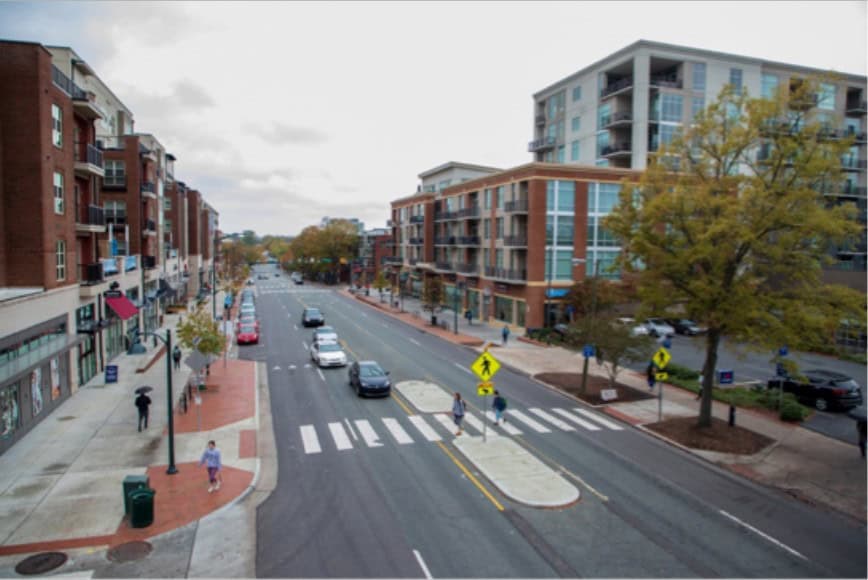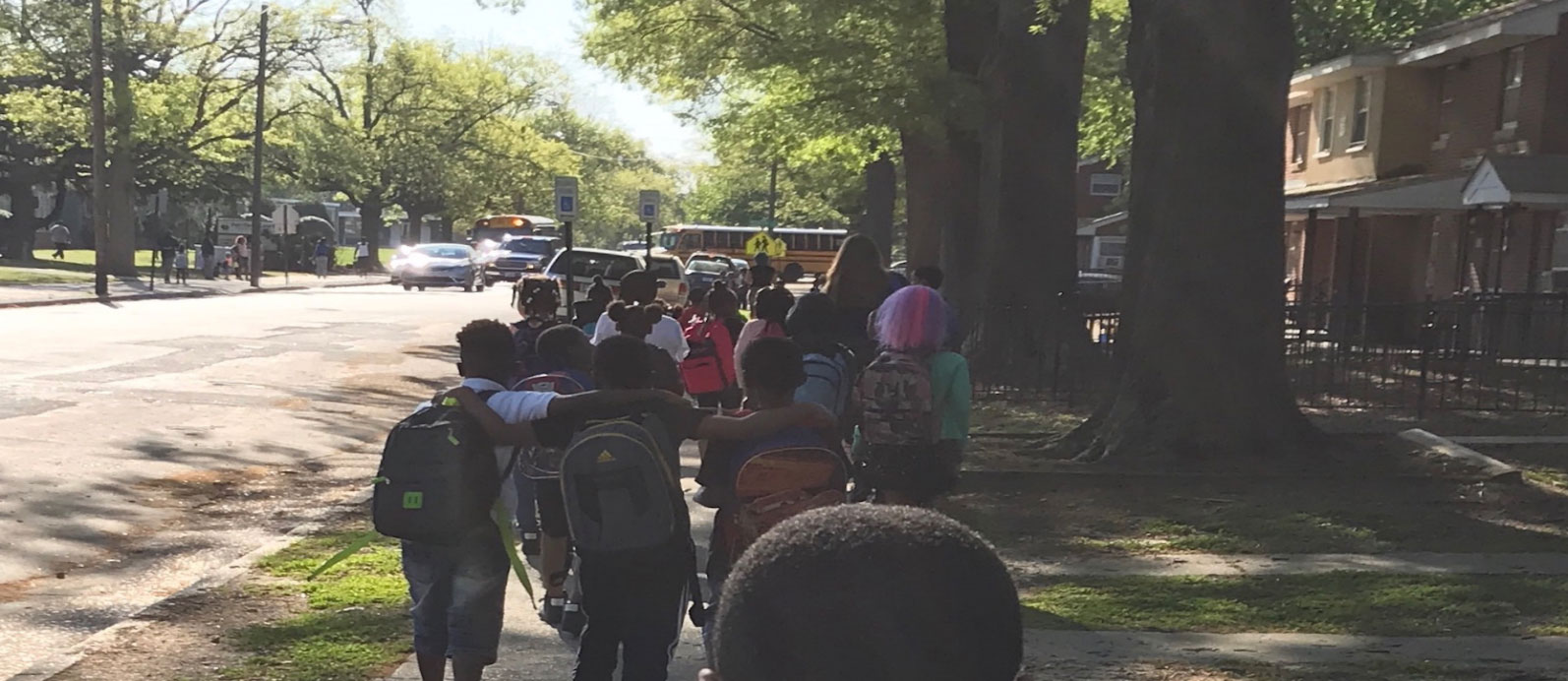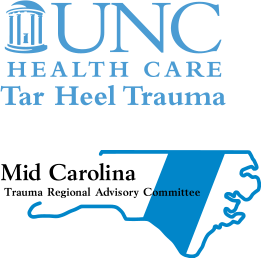Programs Include Stop the Bleed Training, Child Safety and EMS Education
WINSTON-SALEM, N.C. (Sept. 30, 2019) – After a rigorous review process, the Childress Institute for Pediatric Trauma has selected 20 pediatric trauma grant projects from communities across the U.S. to receive funding. The recipients are from 13 different states and the projects cover a range of pediatric trauma prevention and safety issues, including Stop the Bleed training; child passenger, recreation and sports safety; and emergency professional education.
“The Childress Institute is committed to funding education and safety programs that can improve care for children in communities across America,” said the Childress Institute’s Executive Director Bob Gfeller. “Child safety, EMS education, injury prevention, and pediatric trauma care programs are woefully underfunded, yet traumatic injury is the number one killer of kids in the U.S. Results from all of these well-deserving projects could have a collective impact that can save injured children.”
Below is a complete list of the grant recipients:
- Constance Deering from Los Angeles, for “Brain Health 4Kids”
- Jacob Hall from Madera, Calif., for “Stop the Bleed Training”
- Darcie Bentz from Denver, Colo., for “Pediatric Helmet Safety Campaign”
- Jamie Dugan from Vincennes, Ind., for “Stop the Bleed School Education in 11 Indiana & Illinois Counties”
- Laci Farmer from Hardinsburg, Ky., for “Child Passenger Safety Program”
- Stephanie Booza from Clinton Township, Mich., for “Stop the Bleed School Training Program for Macomb Co. Michigan”
- Michelle Goreth from Jackson, Miss., for “Heads Up Mississippi”
- Valerie Moody from Missoula, Mont., for “Improving Safety in Youth Sports in Montana”
- Anna Stormzand from Chapel Hill, N.C., for “Helmets for Orange County Kids” and “Special Needs Car Seats for UNC Children’s Hospital”
- Kara Clarke from Concord, N.C., for “Handtevy Pediatric Resuscitation System”
- Grant Yarbrough from Wilkesboro, N.C., for “Preventing Heat Illness at Wilkes Central High School”
- Brandy Cardwell from Winston-Salem, N.C., “Eye In The Sky: Injury Spotter”
- Salvatore Puglisi, Jr. from Florida, N.Y., for “Teens Stop the Bleed”
- Laura Strickland from Conway, S.C., for “Motor Vehicle Safety Movement”
- Gyl Switzer from Austin, Texas, for “Safe Storage Saves Lives”
- Weston Davis from El Campo, Texas, for “Pediatric ALS Training Mannequin”
- Gloria Salazar from El Paso, Texas, for “El Paso Borderland Public Health ATV Campaign”
- Michael Stanford from Leavenworth, Wash., for “Stop The Bleed Kits at Summer Youth Camps and Schools”
- Deborah Armbruster from De Pere, Wis., for “Bleeding Control Kits”
In May 2019, the Childress Institute announced the availability of funds for community projects focused on improving safety and treatment for pediatric trauma patients. The Institute recently awarded Stop the Bleed grants to Nationwide Children’s Hospital, Oregon Health and Science University, and Vidant Medical Center. In 2018, community grants were awarded to T.J. Bishop (Handtevy EMS education in Chelan, Washington), Kari Cheezum (Stop the Bleed in Salisbury, Maryland), Keito Ortiz (Stop the Bleed in Jamaica, New York), Splash Medics (water safety in Menifee, California), Team Safe Sports (sports safety in Dallas, Texas), UT Southwestern (head injury education for EMS in Dallas, Texas), and Wake Forest Baptist Health’s Brenner Children’s Hospital (child passenger and bike helmet safety for Winston-Salem, North Carolina).
For more information please find the Childress Institute at https://saveinjuredkids.org , or on social media at https://www.facebook.com/SaveInjuredKids or Twitter @injuredkids.
For media inquiries, please contact:
Childress Institute: Kara Thompson – kathomps@wakehealth.edu , (336) 491-9766
About the Childress Institute for Pediatric Trauma
Life threatening injury is the No. 1 killer of kids in America. More than 10,000 children lose their lives every year from serious injuries. In addition, almost 300,000 children are hospitalized and over 8 million children are treated in the emergency department for serious injuries each year, many of whom struggle with long-term recoveries and disabilities. It can happen anywhere, at any time, to any child. The Childress Institute for Pediatric Trauma discovers and shares the best ways to prevent and treat severe injuries in children. The Institute funds research, education and advocacy to help improve the care and treatment injured kids receive across the U.S. The Childress Institute was founded at Wake Forest Baptist Medical Center in 2008 through a generous gift from Richard and Judy Childress. Visit www.SaveInjuredKids.org to learn more.
Kara Thompson
Marketing Manager
kathomps@wakehealth.edu
(336) 713-1625 Work
(336) 491-9766 Cell





